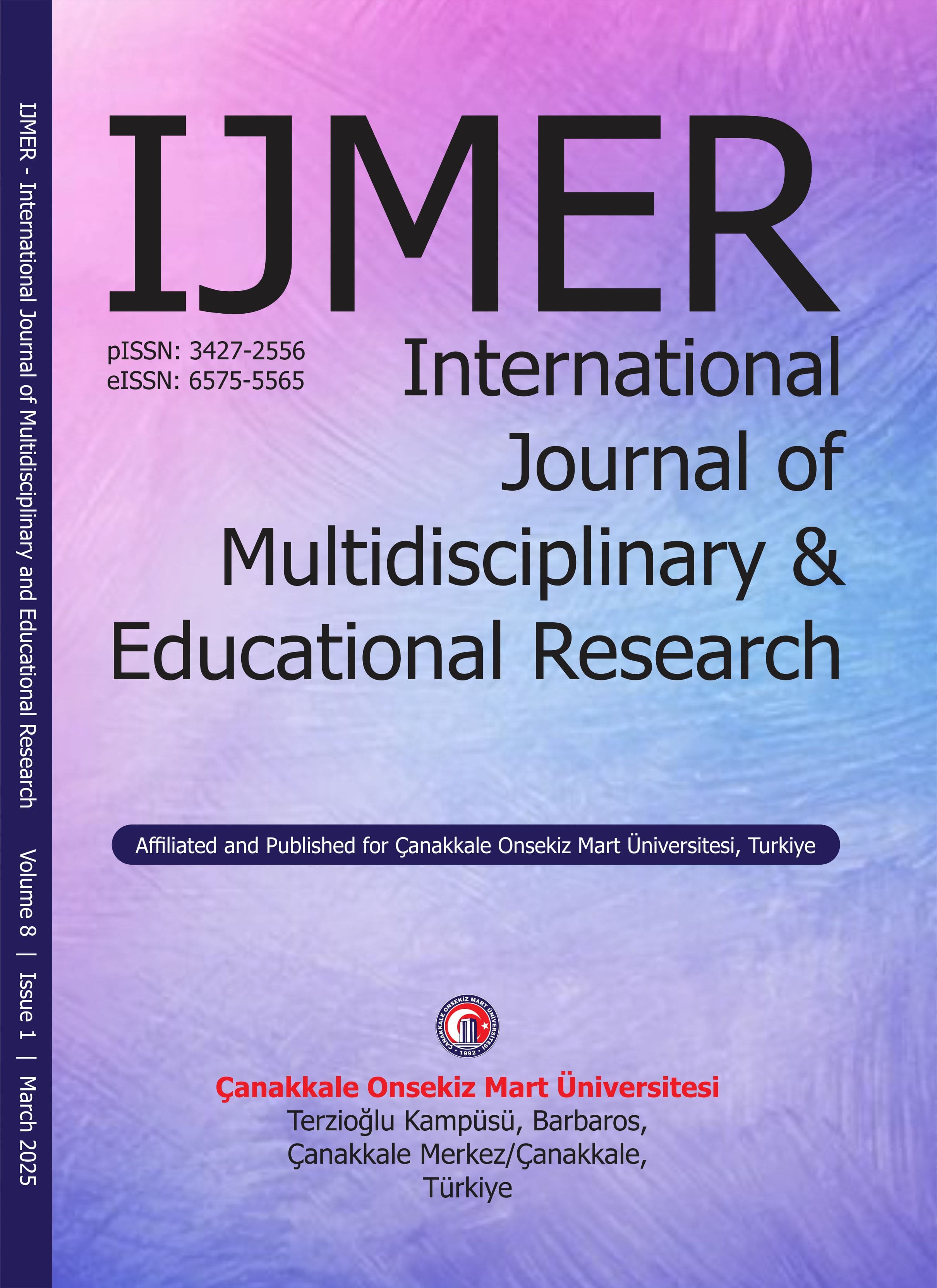International Journal of Multidisciplinary and Educational Research (IJMER)
Virtual Learning Environment
E-ISSN: 6575-5565
P-ISSN: 3427-2556
DOI: https://iigdpublishers.com/article/884
The global economic system is being revolutionized by information technology. Additionally, it is offering new features for online learning and development, which the workforce's higher education demands. The dimensions of current learning and the relationships between teachers and coaches can be drastically changed by the presence of a virtual learning environment (VLE). This essay will examine how educational institutions, organizations, and the staff members who work there can all gain from the responsible use of technology to support learning in a setting that is more favorable than traditional face-to-face teaching techniques. The potential drawbacks of utilizing VLE are highlighted in the paper. The question of whether or not VLE supports the collaboration element is also investigated. Transferring knowledge acquired in a virtual environment to a real-world context is the ultimate aim of virtual learning environments. The necessity of VLE assessment is covered in the paper. There is a widespread and established consensus based on prior research that abilities gained in a virtual setting can be translated to real-world scenarios and enhances task performance in real-world settings. The paper does point out that in order to guarantee that cognitive abilities learned in a virtual learning environment (VLE) are applicable in real life, training objectives must be closely connected to realistic scenario events, which are then closely connected to assessments of particular necessary behaviors.
Malvika KANDPAL PhD
Baker, D.P., Gustafson, S., Beaubien, J., et al. (2005).Medical teamwork and patient safety: the evidencebasedrelation. AHRQ Publication No. 05-0053. Agencyfor Healthcare Research & Quality, Rockville, MD.
Biocca, F., & Delaney, B. (1995) Immersive virtual realitytechnology. In: Biocca, F., & Levy, M.R. (eds.),Communication in the Age of Virtual Reality. HillsdaleNJ: Lawrence Erlbaum Associates, pp. 57–124.
Bonito, J.A. & Hollingshead, A.B. (1997). Participationin small groups. Communications Yearbook20:227–261.
Chattopadhyay, D. & Sumrall, D. (2007). E-learning in a multicultural environment using a publicly availableinternet platform: case study of an USA – Ukraine university partnership, Journal of Global Business Issues,1(1), pp. 35–42.
Clapper, D.L., McLean, E.R., & Watson, R.T. (1991).An experimental investigation of the effect of groupdecision support on normative influence in smallgroups.
